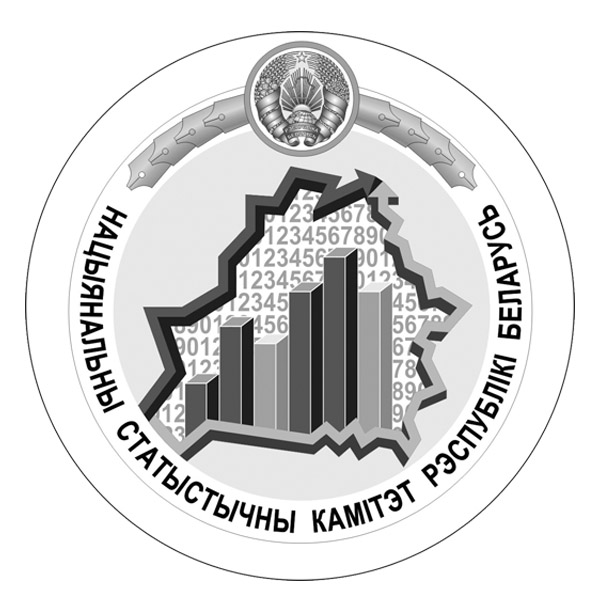В.3. Greenhouse gas emissions
download the file in Excel format for 1990–2023
Brief description:
Greenhouse gas emissions (GHGs) are presented by ingredients (carbon dioxide, nitrous oxide, methane, sulphur hexafluoride. other) and by sectors (energy; industrial processes and product use; agriculture; waste; land use, land-use change and forestry);
GHGs are estimated per capita, per unit area and per unit of GDP by PPP.
Greenhouse gas emissions by sector
(million tonnes in terms of CO2 per year)
|
|
1990 |
2010 |
2015 |
2021 |
2022 |
2023 |
|
Total. excluding land use. land-use change and forestry |
146.0 |
92.3 |
88.6 |
92.1 |
88.4 |
87.1 |
|
of which: |
|
|
|
|
|
|
|
Energy |
105.6 |
60.2 |
56.5 |
58.8 |
55.4 |
53.9 |
|
Industrial processes and product use |
5.6 |
5.5 |
5.6 |
5.8 |
5.4 |
5.6 |
|
Agriculture |
29.9 |
20.8 |
20.4 |
21.0 |
20.8 |
20.8 |
|
Waste |
4.9 |
5.7 |
6.0 |
6.5 |
6.6 |
6.9 |
|
Absorption of greenhouse gases in land use. land-use change and forestry sector |
-22.3 |
-41.2 |
-38.5 |
-36.5 |
-35.2 |
-41.3 |
|
Total. including land use. land-use change and forestry |
123.7 |
51.2 |
50.1 |
55.6 |
53.1 |
45.9 |
Methodology:
GHGs are estimated using the recommendations of the Intergovernmental Panel on Climate Change (IPCC Guidelines 2006).
Data source:
The data producer is the Ministry of Natural Resources and Environmental Protection of the Republic of Belarus.
Relevance of the indicator:
The indicator provides a measure of the existing and future anthropogenic impact on the earth‘s climate and shows the efficiency of the national GHG reduction policy.

